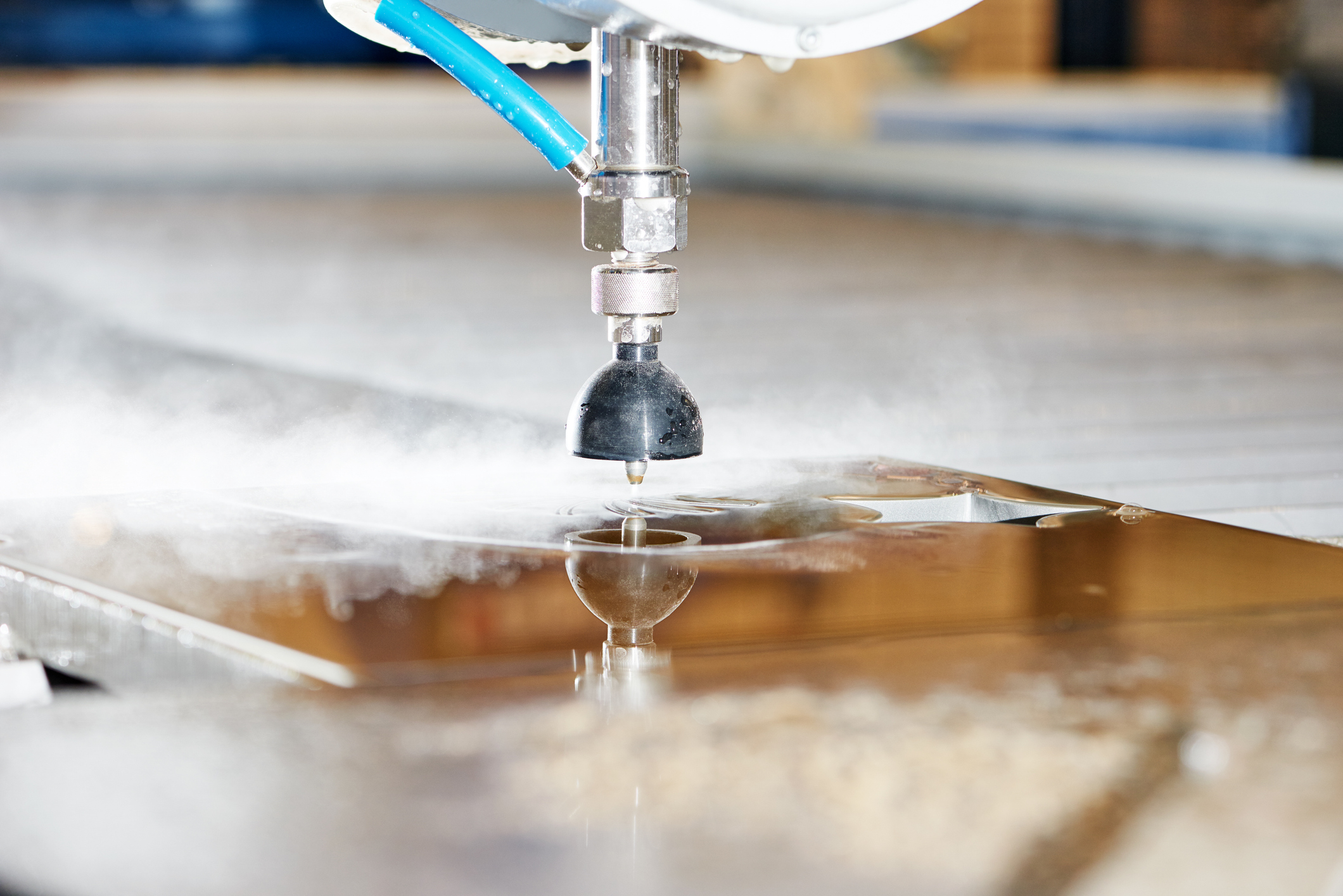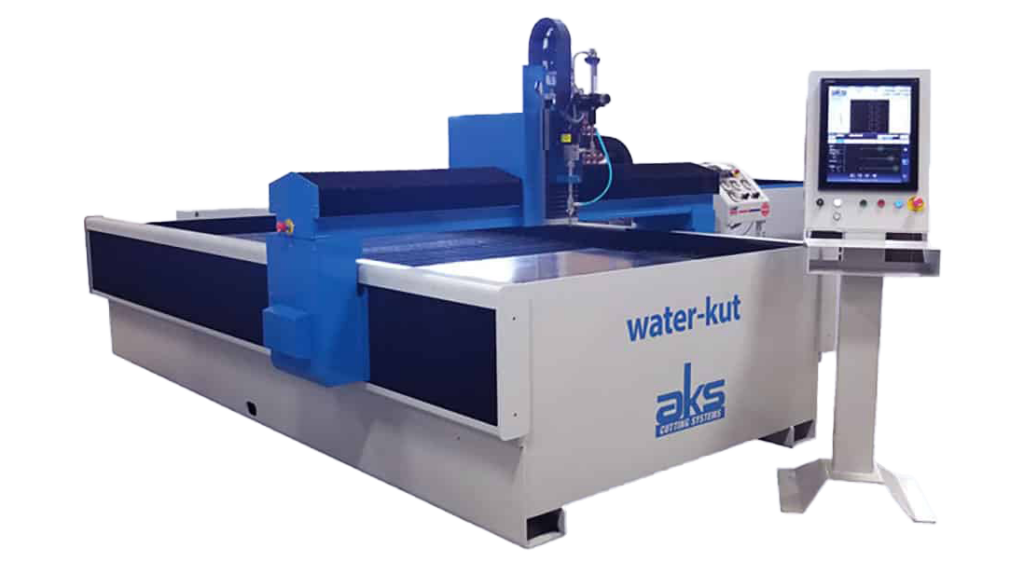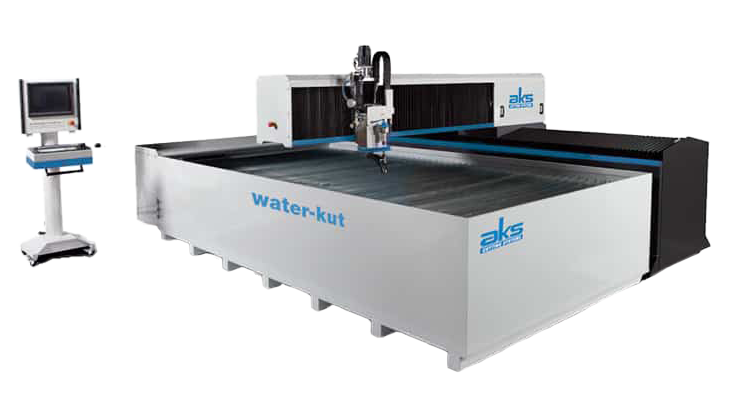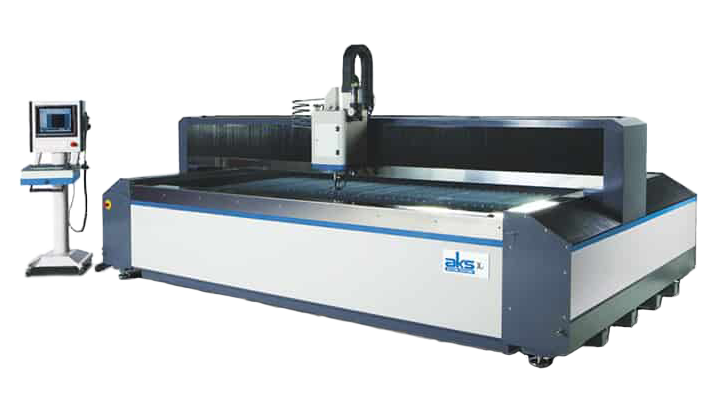The Best Waterjet Cutting Systems for Maximum Precision and Performance
Waterjet cutting systems deliver enhanced accuracy and speed and can be tailored to your unique application. At AKS, we’ve spent more than a century developing tailored solutions to address complex challenges for businesses in need. You can leverage our honed machine-building expertise to empower your operations with precision waterjet solutions that beat the competition in customization, capabilities, and performance every time.
Whether you require a smaller waterjet cutting system that doesn’t sacrifice quality for size, or you need machinery capable of handling high-volume fabrication and fast production with ease, we have the products to help. We also offer a wide variety of enhancements to tailor your waterjet system to your precise requirements.
Ready to discover your ideal waterjet cutting solution? Explore our products below and contact our skilled team for personalized support today.



